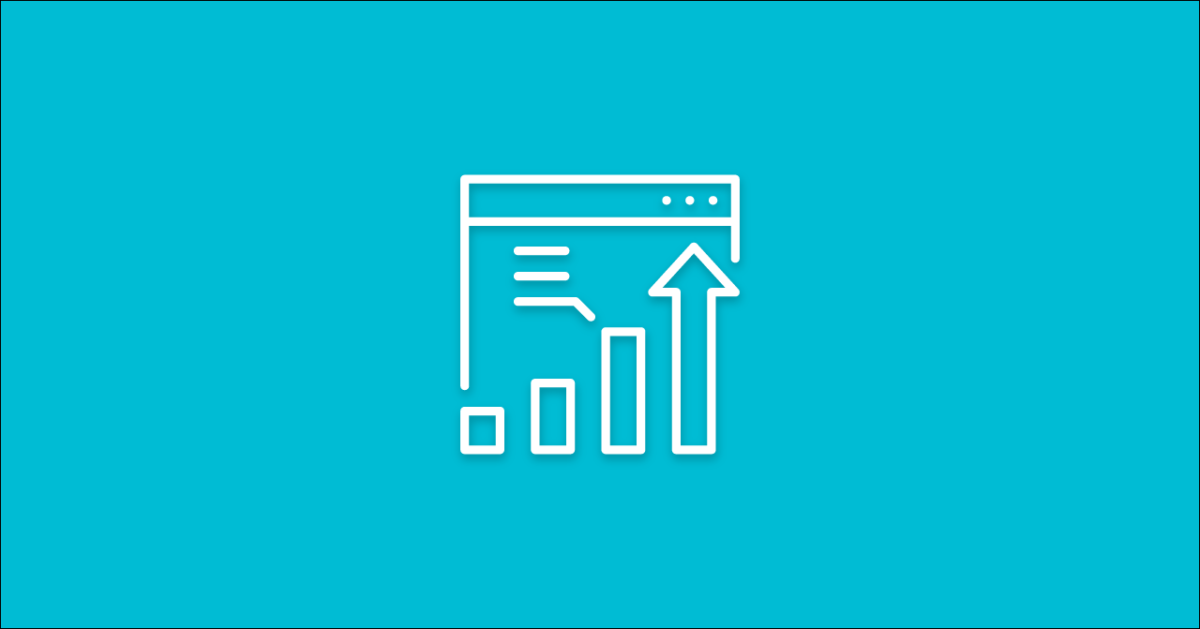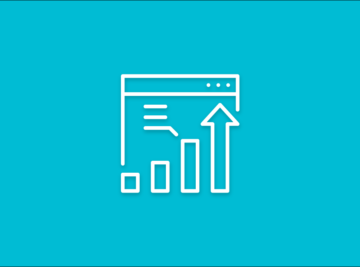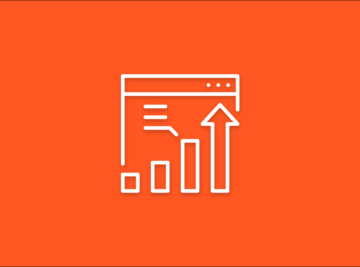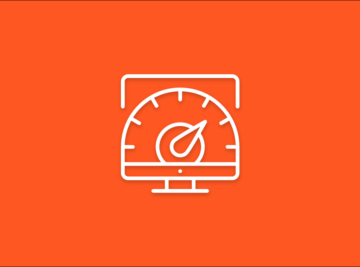With your long to-do list of writing blog posts, holding a live webinar and creating customized templates, it is easy to overlook the quality of your website. When it comes to finding the best optimization opportunities on your website, there are a few surprising parts some companies overlook. Without getting too technical, we have identified the four major places that your company should edit to keep your site optimized with keywords, which are key to a successful inbound marketing strategy.
Have 5 minutes right now? Let’s get it right.
1. Titles, Headings, and Content
Search engines crawl through text and rank content by prioritizing those that optimize the most relevant keywords. In order to rank high, your title is one of the most important components that needs to be enhanced. Each web page has a title tag which defines the title of the document and accurately describes the content using your keywords. Since the title tag shows up on the web browser’s title bar and search engine results, this element is prime real estate to help people find you and is critical to create value in the user experience.

Headings (the H1 tag) also fall under this category of importance. Though it does not play as significant as a role in rankings as the title tag, the heading appears on the web page itself and is used for navigation.
Though titles and headings have different roles, there are a few best practices to make sure they are optimized correctly:
- Titles and headings should be less than 65 characters
- The keyword should be placed early in the title or heading
- You should use only one title and one header on each page
- Each web page should have a unique title and heading
So you have an eye catching title and your headers are read-worthy, now what? Let your content shine. Search engines are intelligent in the way that they know when you are simply keyword stuffing (placing keywords wherever possible, without much relevance). To stay away from this trap, create relevant content that establishes authenticity and trustworthiness. Remember that content is king and if you want to build your brand, you will need to make sure that your content is appropriate and matches your title (and vise versa).
2. Meta Descriptions
Yes, meta descriptions still matter. Though the meta description component of your page does not help SEO-rankings directly, they are important for improving your click-through ratings. Think of it as your last chance to attract a searcher to come to your site. Do not neglect to focus on the meta description but rather use it as a way to optimize your keywords and demonstrate your webpage’s relevance to your prospect. Like the headers and titles, meta descriptions should be unique for every page.

To keep in line with best practices, make sure to:
- Use action oriented language
- Use 155 characters or less, or else engines like Google will shorten them
- Make it specific and relevant to what your content offers
3. Titles and Alt Text for Images
Images are an easy-forgotten goldmine for SEO. Forgetting to use image meta tags, image descriptions and image titles actually minimizes a website’s exposure on search engines. Use this as an additional opportunity to let your viewers know the topic of your page and its purpose. It is as simple as that—use your most related keywords in the title and alt text of your image and you will rank better on search engines. Another reason to optimize this method is to help those who use screen readers for accessibility.

4. URLs
Last but not least, URL addresses are important to optimize for every page. You want your keywords to reflect in the page’s URL, just as you would in the title. For example, a doctor running his own physical therapy clinic should have relevant URLs, like “www.jonestherapy.com/sports-therapy” for his Sports Therapy page. The “sports_therapy” included in the URL allows him to target his “sports therapy” keyword.
Besides your web pages, you will also want the keywords to show up in blog post URLs and in product listings, which can be automatically generated. This is a very easy fix and can be done in less than a minute using WordPress or a simple plugin.

By auditing and altering these four major components, you will be on your way to improving your site’s SEO. Simply spend 5 minutes of your day improving these mechanisms and your site will be more optimized for your future prospects. Remember to regularly check your website to review these updates and see if your efforts are of track.
Know any other simple ways to optimize a website? Share them with us in the comments below!








